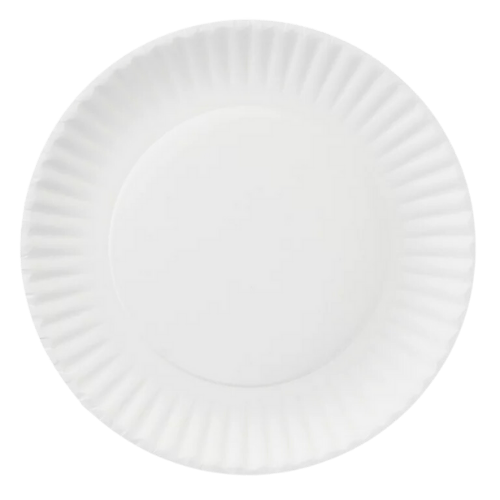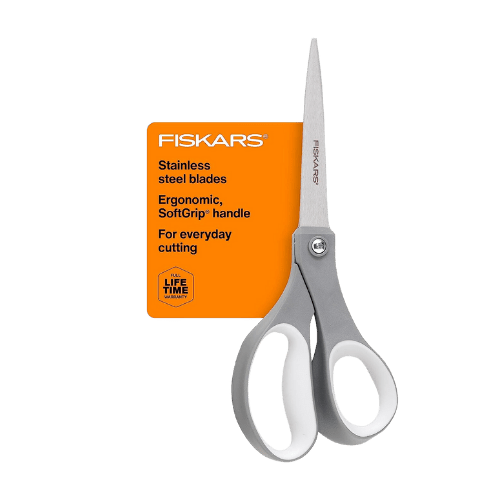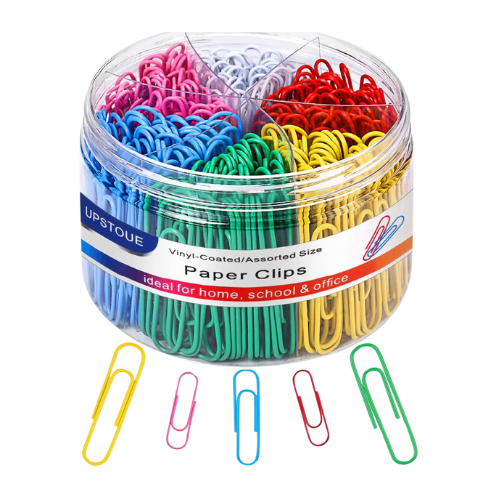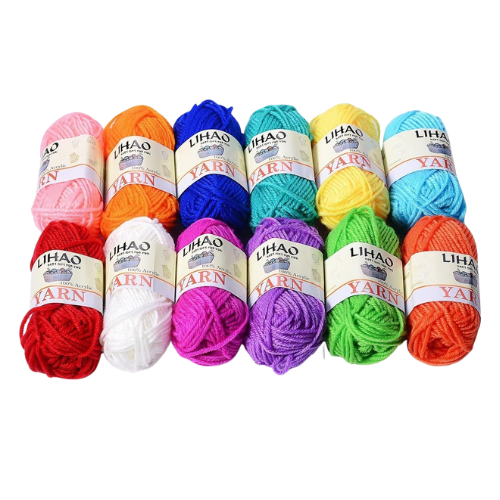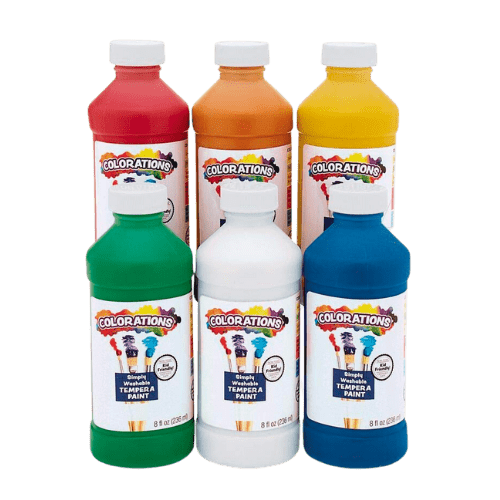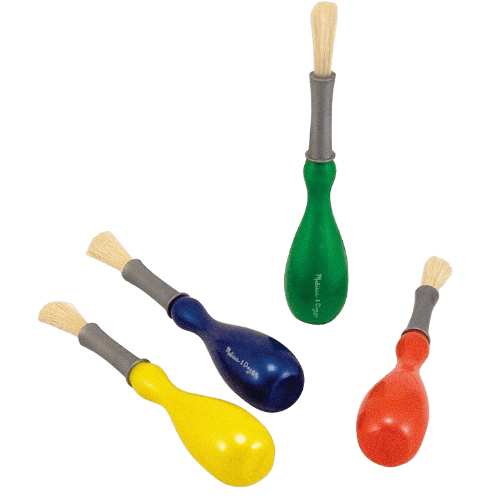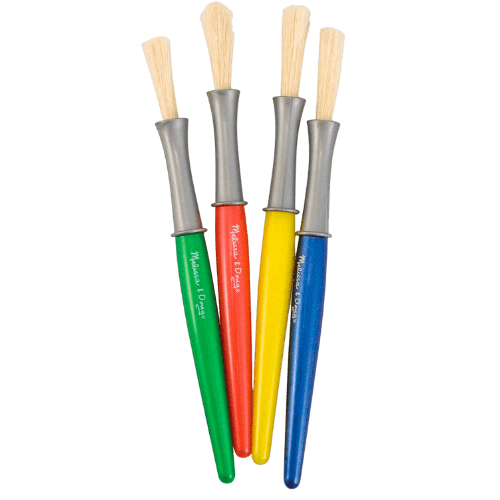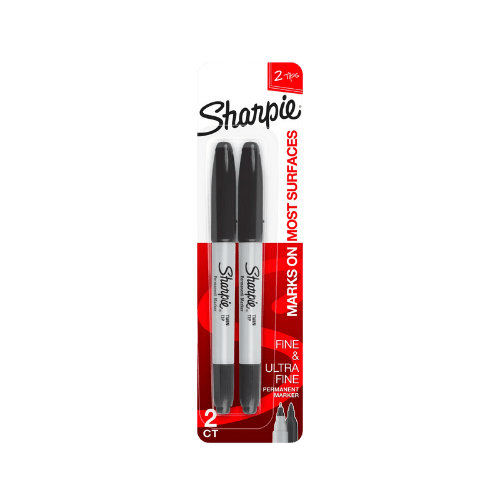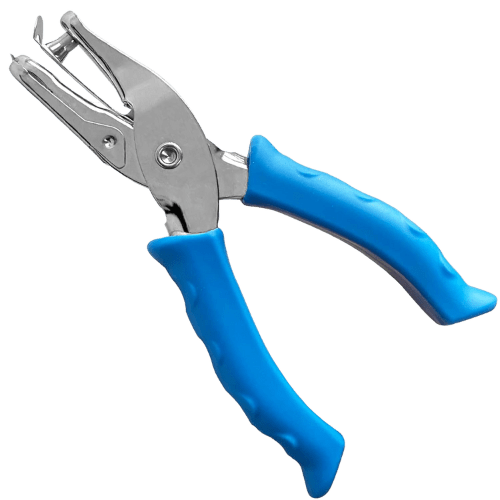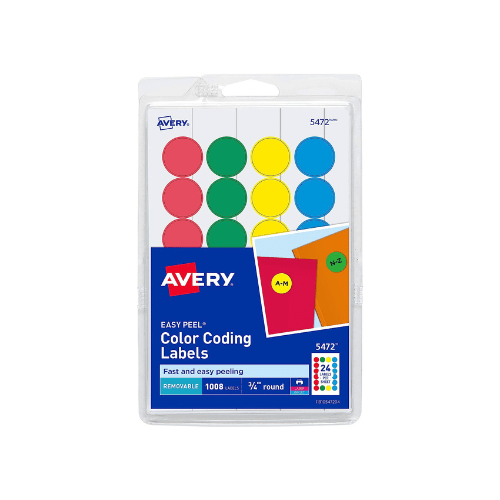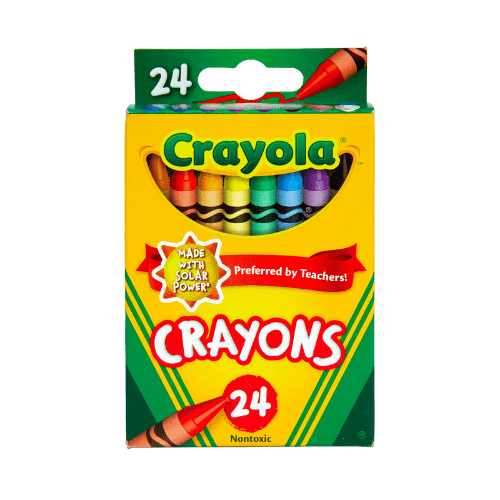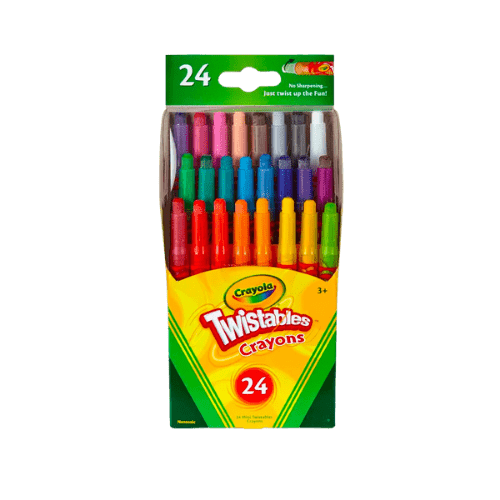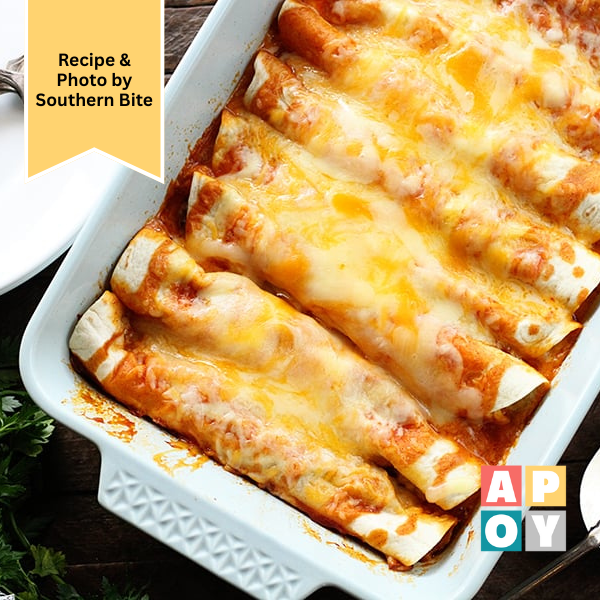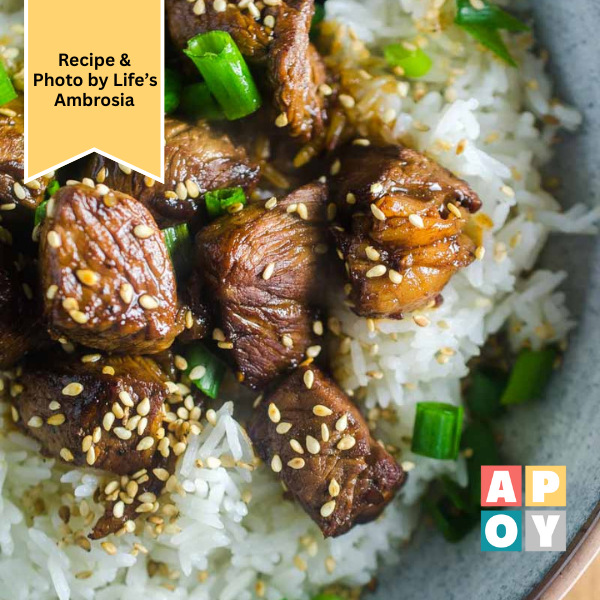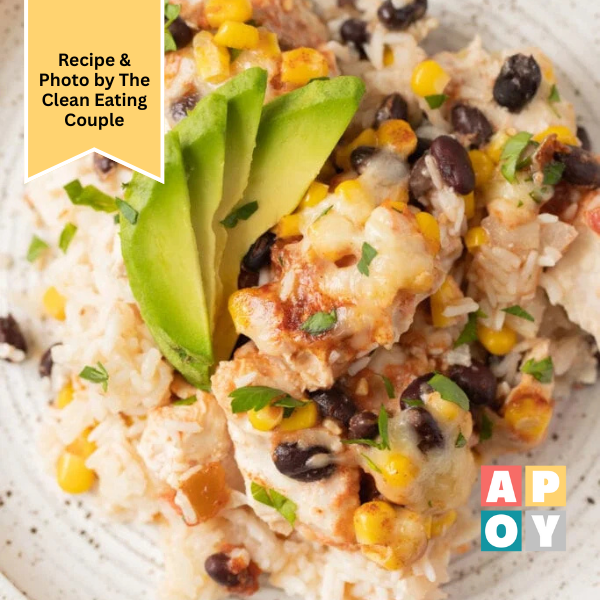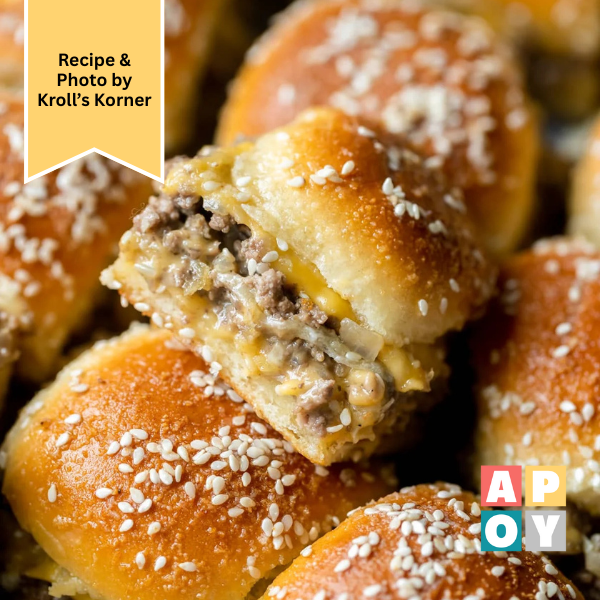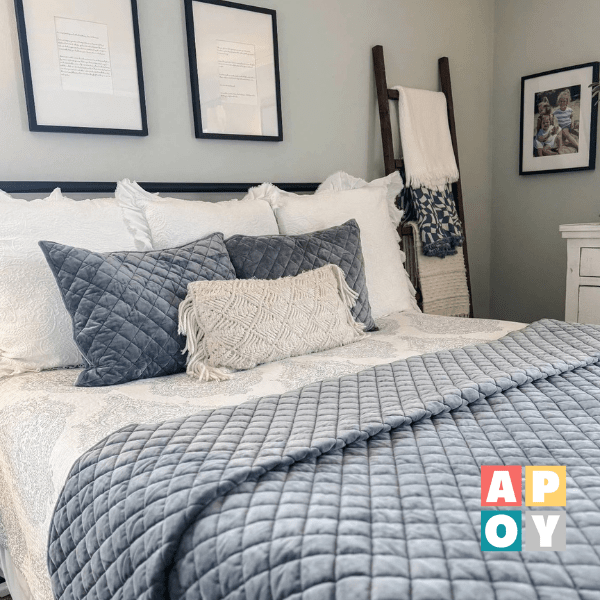The Humble Hero of Toddler Play: 6 Easy Paper Plate Activities That Actually Work
These six paper plate activities from the Random Household Objects series turn everyday items into playful learning moments. Simple, low-prep, and full of toddler magic.
This blog post may contain affiliate links. When you make a purchase through these links, I may earn a small commission, at no additional cost to you. I only recommend products that I genuinely believe can benefit you and your family! Your support helps maintain and improve all things A Pop of You. Thanks so much!
Introducing My Random Household Objects Series – Part 15: The Paper Plate
Welcome back to the Random Household Objects Series—a parenting experiment where we turn everyday stuff into surprisingly effective tools for toddler play and learning. Today’s unlikely hero? The humble paper plate.
This is Part 15 of the series, and if you’ve ever looked at a stack of leftover party plates and thought, “There’s gotta be something we can do with these,” you’re absolutely right. From tossing games to counting pizzas, lacing yarn, and matching pictures, paper plates are basically the Swiss Army knife of low-prep activities. No batteries, no glue, no problem. Let’s turn that stack of plates into six playful, purposeful wins for your day.
1. Paper Plate Ring Toss
This one feels a little like magic. You paint a few paper plates, cut out the centers to make rings, and suddenly your living room turns into a mini carnival game. Kids toss their homemade rings onto a standing water bottle, practicing gross motor coordination, turn-taking, and a healthy dose of joyful chaos. Change up the ring sizes, increase the throwing distance, or assign point values to practice estimation and early math skills. No glitter. No rules. Just good, old-fashioned fun with surprising developmental benefits.
2. Paper Plate Puzzles
Perfect for a quiet reset or a solo-play activity, paper plate puzzles are equal parts creative and skill-building. Start by drawing a picture or shape in the center of a plate—anything from a rainbow to a wonky dinosaur will do. Then cut the plate into 2 to 4 pieces (use zigzags or curves to add challenge). Kids reassemble the puzzle, flexing visual discrimination, spatial awareness, and problem-solving muscles all at once. Bonus: You can save and reuse these again and again, or turn the back into a whole new puzzle.
3. Paper Plate Skip Counting
If you’re working on early number patterns, this one’s for you. Write numbers around the edge of a paper plate—2s, 5s, or 10s—and have your child use paper clips to “hop” from one to the next as they count aloud. This playful approach to skip counting teaches number recognition, math fluency, and fine motor control in one go. And you can always adjust the difficulty by switching to different patterns or adding color-coded clips for sequencing practice. Math with a twist (and zero worksheets in sight).
4. Paper Plate Lacing
There’s something calming about threading yarn through a circle of holes. Maybe it’s the rhythm, maybe it’s the sense of focus, or maybe it’s just that it keeps toddlers busy long enough for you to drink your coffee while it’s still hot. Punch holes around the edge of a plate and let your child lace yarn or a shoelace through them. This builds hand-eye coordination, fine motor skills, and introduces the basics of sewing and pattern recognition in the most approachable way. You can keep it simple or go fancy with shapes, colors, and even letters formed by the holes. Either way, it’s a win.
5. Paper Plate Memory
Take the classic matching game, supersize it, and give it a DIY twist. All you need are paper plates and markers. Draw pairs of matching pictures on the plates (think: smiley faces, hearts, ladybugs). Lay them out face down and play a traditional flip-and-match memory game. It encourages visual matching, concentration, and—yes—actual turn-taking without the dreaded “but I wanted to go again!” Perfect for toddlers, preschoolers, or anyone who’s still working on remembering where they saw that second frog.
Blog coming soon!
6. Paper Plate Pizza Counting
This one is the toddler crowd favorite—and not just because it involves pizza. Label one plate with the numbers 1 through 8, drawn into slice-like sections. On a second plate (colored yellow for cheese, of course), cut out eight slices and add red dot stickers to represent pepperoni. Each slice should have the number of stickers that matches a number on the base. As kids count the dots and match them to the corresponding numbers, they’re practicing number recognition, one-to-one correspondence, and even early addition and subtraction if you want to stretch the play with simple story problems. Delicious, screen-free math? Yes, please.
Blog coming soon!
Why These Activities Work
Each of these paper plate activities was designed with real life in mind. They’re quick to prep—truly under five minutes, even if someone’s hanging off your leg. They’re developmentally meaningful, covering everything from fine motor skills to early math, memory, gross motor development, and problem-solving. They’re flexible, so you can scale them up or down depending on your child’s energy level (or yours). And most importantly, they’re fun—because if it’s not fun, no toddler is sticking around.
Best of all, these activities require almost nothing you don’t already have on hand. Just a paper plate, a marker, and maybe a sticker or two. Simple, doable, and exactly what busy parents need.



Hey, I’m Katelyn, the “Achievably Extra” Mom! Join me for creative family fun and practical tips! Let’s inspire each other!




